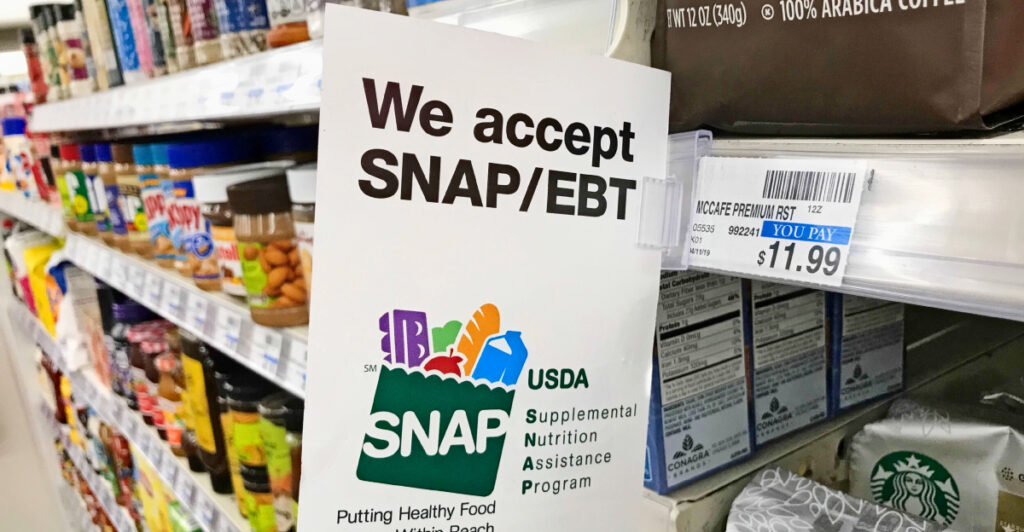
Many assumed pandemic-era breaks for low-income shoppers, like waived fees, would stick around. But Walmart has quietly reinstated its $6.99 basket fee for online grocery orders under $35, even for SNAP recipients using the discounted Walmart+ Assist program.
As the country’s largest food stamp retailer, Walmart’s decision is hitting millions and sparking fierce criticism. The company insists the change has nothing to do with the new wave of tariffs on Chinese imports, but the timing has raised eyebrows. With other emergency programs also ending, critics warn it’s a gut punch to families already stretched thin.
So what’s really behind this rollback, and why now? Let’s unpack what’s changing, who’s affected, and why the controversy isn’t going away anytime soon.
The Basket Fee Explained: What SNAP Shoppers Should Know
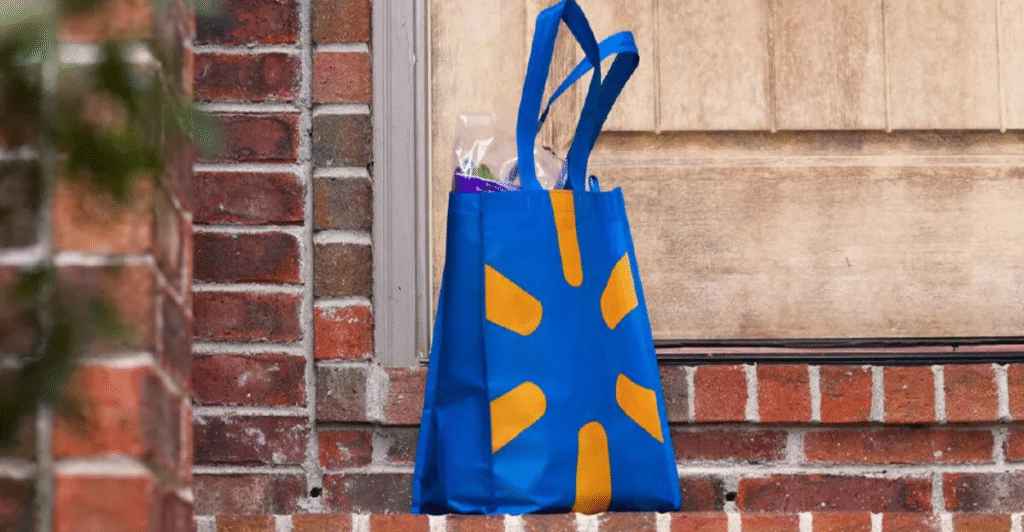
Walmart has reinstated its $6.99 minimum basket fee for online grocery orders under $35 paid with Electronic Benefits Transfer (EBT) cards. This fee applies to both pickup and delivery orders placed through Walmart’s website or app. It had been waived during the COVID-19 pandemic to support social distancing, but it’s now back in place for all customers, including those receiving government assistance.
Even Walmart+ Assist members, who get a discounted annual membership at $49 instead of the standard $98, are now affected, marking the end of a pandemic-era break many low-income shoppers had come to depend on.
Why the Fee Was Waived—and Why It’s Back Now
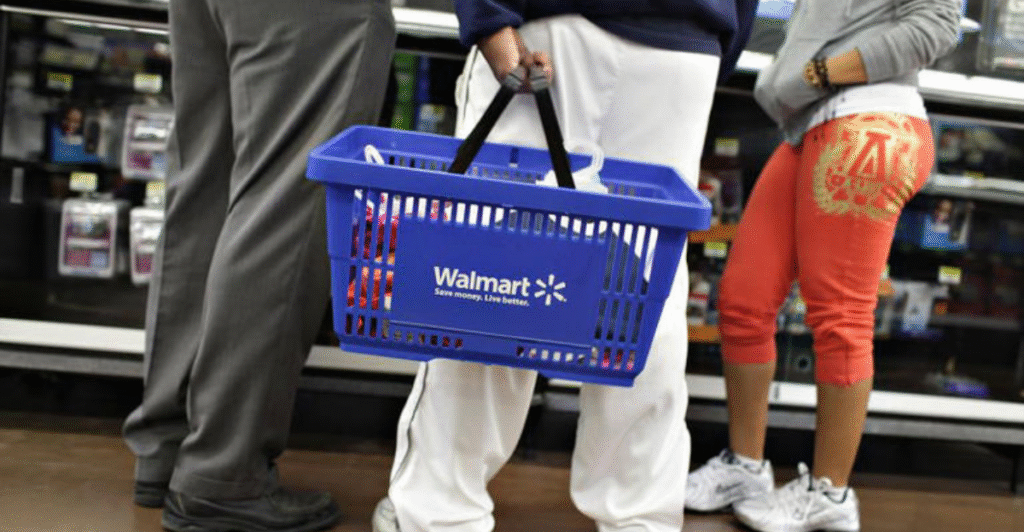
At the height of the COVID-19 pandemic, Walmart dropped the basket fee for smaller orders placed by Walmart+ Assist members. This move was part of broader efforts to promote social distancing and help at-risk communities. As online grocery shopping became essential, the waived fee offered vital support.
A Walmart spokesperson confirmed the fee suspension was tied to pandemic-era measures, adding: “Moving forward, the standard $35 minimum basket fee will be in place for all orders.” With many other pandemic relief programs ending, critics warn this change adds to a growing “perfect storm” of financial strain for low-income households.
Not Tariffs—So Why the Fee?
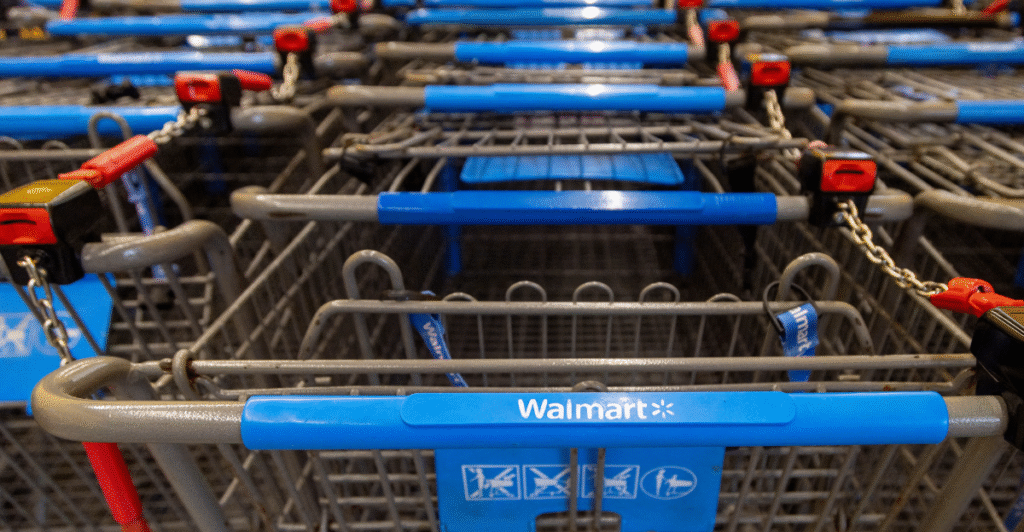
When Walmart brought back its $6.99 basket fee, many pointed fingers at new tariffs introduced under former President Trump. Headlines ran with it, and social media lit up with claims that low-income shoppers were paying the price for politics.
But Walmart says otherwise. A spokesperson told Mashable the fee “is unrelated to tariffs” and simply reflects a return to pre-pandemic norms. While Walmart has warned that tariffs may impact broader pricing, they say this specific charge isn’t part of that equation.
Still, for families making smaller, frequent grocery runs on a tight budget, the timing stings, and the financial impact is anything but small. Let’s break down just how much this fee adds up for those who can least afford it.
Steep Price for Small Carts: How the Fee Hits SNAP Families Hard
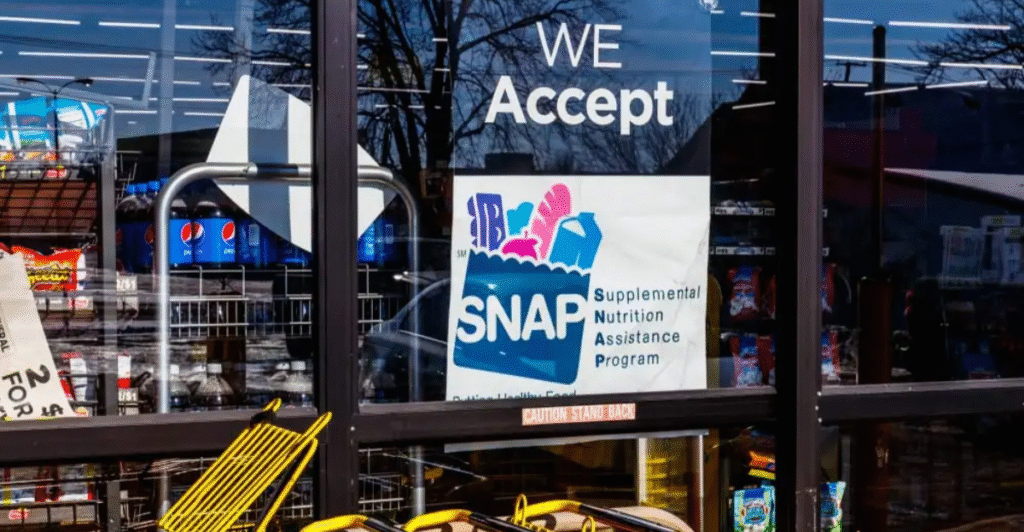
A $6.99 fee on a $20 grocery order adds up fast, amounting to a 35% surcharge for SNAP users. That’s no small hit for households already watching every dollar. SNAP recipients make up nearly a quarter of U.S. consumer packaged goods spending and typically buy more per trip than non-SNAP shoppers.
Critics say the fee punishes smaller, frequent orders that many families depend on. But beyond financial strain, the policy enters murky territory, raising questions about legality and fairness.
Is It Even Legal? What SNAP Rules Actually Say About Fees
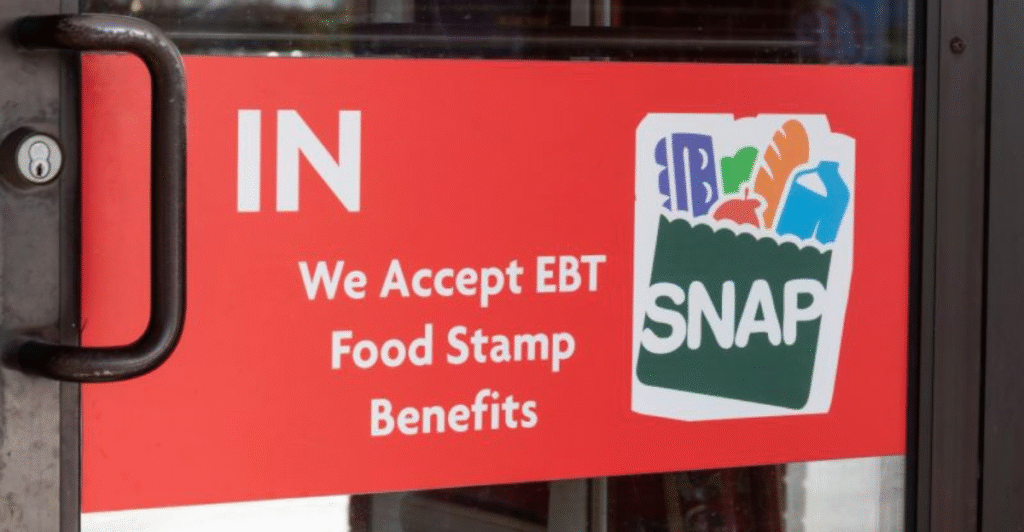
SNAP rules can be confusing, and that’s part of the controversy. USDA guidelines say retailers can charge standard fees to SNAP users, but the fees must be paid with non-SNAP funds. Walmart follows this rule by requiring another form of payment, but critics argue it still unfairly targets low-income shoppers.
Online debates have questioned the ethics and legality of charging SNAP households extra. But beyond regulations, Walmart says there’s a business reason behind the fee.
Why Walmart’s Fee is More About Costs Than Cash

For Walmart, the $6.99 basket fee isn’t about making a profit; it’s a way to recover the costs of packing and delivering smaller orders. Even if every SNAP customer at Walmart paid the fee, it would only bring in a tiny fraction of the company’s $576 billion revenue.
The fee is meant to cover the extra costs of picking up items from a store, which is more expensive than warehouse shipping. This strategy isn’t unique to Walmart, and the practice fits industry standards. But how do other retailers handle SNAP orders?
How Other Stores Deal with SNAP Fees: A Look at the Competition
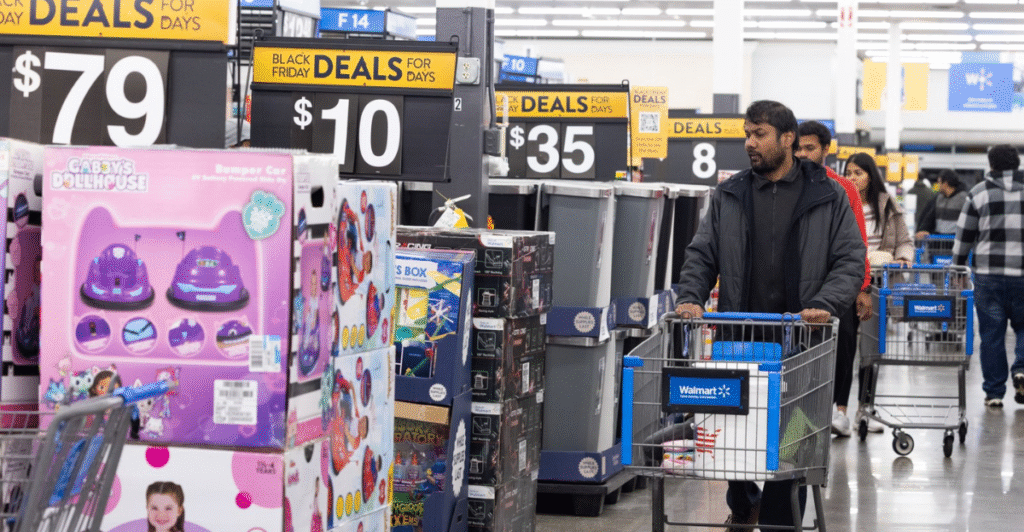
Walmart’s fee isn’t an isolated practice. Other major retailers like Target also charge fees or impose minimum order requirements for pickup and delivery services.
However, some take a different approach. Stop & Shop, for example, allows SNAP users to bypass order minimums for pickup and delivery. Walgreens has a distinct policy, making orders under $20 ineligible for drive-up service instead of charging a fee.
These differences highlight how retailers balance operational costs with accessibility. But what are SNAP recipients doing to avoid these fees?
How Shoppers Are Dodging Walmart’s Basket Fee
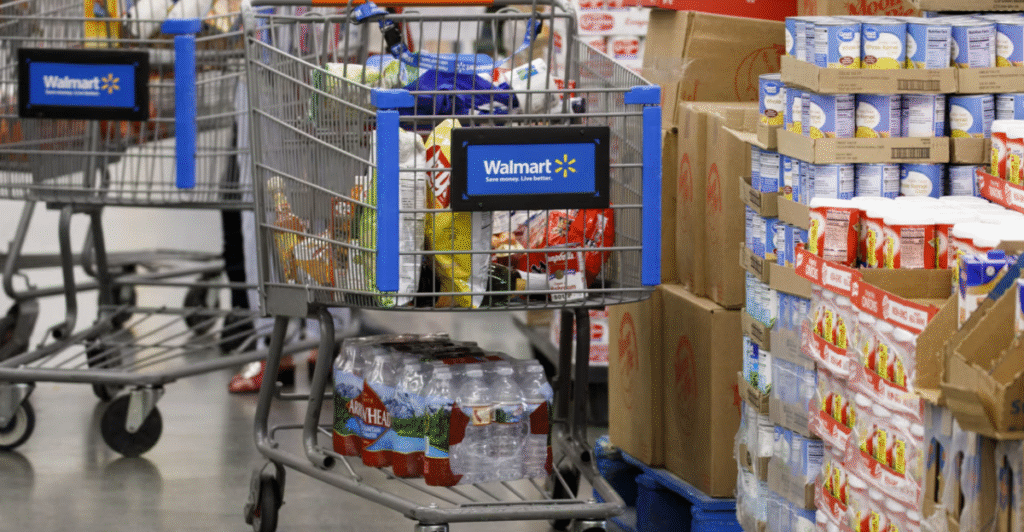
Savvy shoppers have found creative ways to avoid Walmart’s basket fee. One common tactic is adding inexpensive items, like a banana or a small pantry staple, to push the total above the $35 threshold, eliminating the extra charge. Reddit forums dedicated to food stamp users share tips on bundling small purchases or timing orders to minimize fees.
Another strategy is consolidating smaller trips into one larger order to avoid the fee and reduce delivery or pickup costs. For those with reliable transportation, in-store shopping remains the most cost-effective option, as no minimum purchase requirement applies.
The Takeaway: More Than Just a Fee
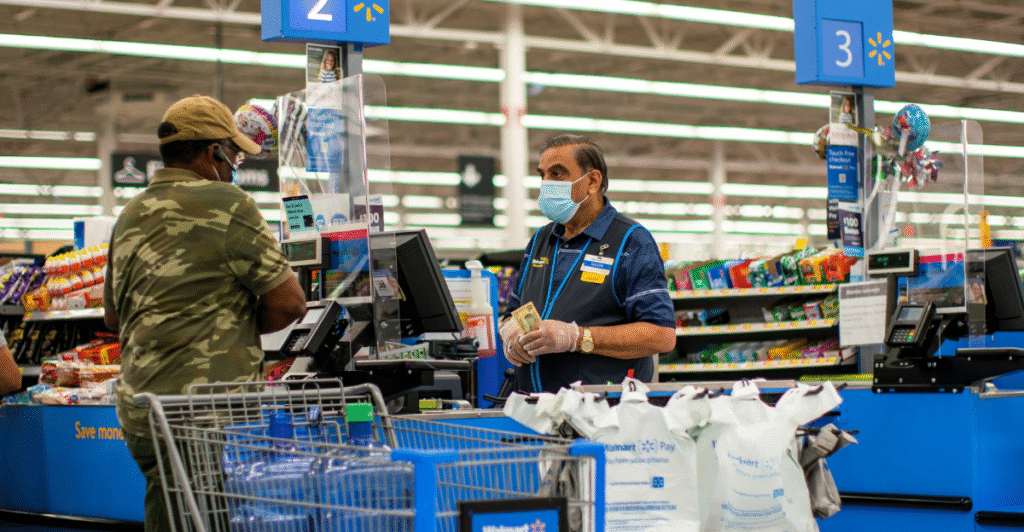
Walmart’s basket fee has stirred more than economic frustration—it’s reignited debate about the role of major retailers in supporting or straining the country’s social safety net.
While the company frames it as a return to normal, critics see it as a blow to those still climbing out of pandemic-era hardship. With different retailers adopting different policies, the issue is far from settled. In the end, the $6.99 fee represents something bigger: a spotlight on how the costs of recovery are being distributed—and who’s left carrying the weight.
Discover more trending stories and Follow us to keep inspiration flowing to your feed!

Craving more home and lifestyle inspiration? Hit Follow to keep the creativity flowing, and let us know your thoughts in the comments below!
